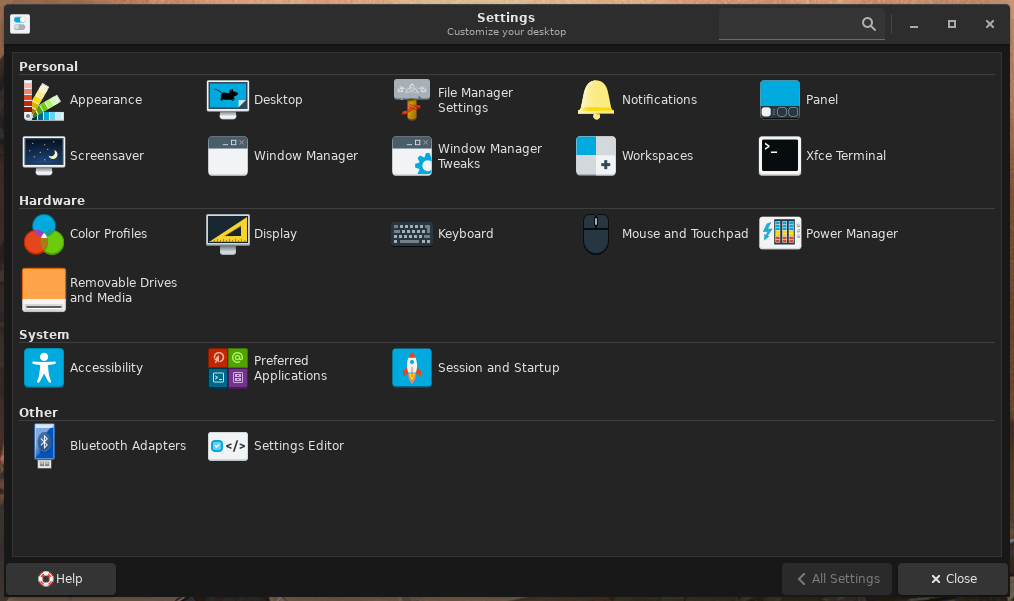
- Migrate bugzilla to new server how to#
- Migrate bugzilla to new server android#
- Migrate bugzilla to new server code#
Migrate bugzilla to new server how to#
Keep reading to learn how to use and configure the Defect and Reference Plugins. If you have the Reference plugin configured, you’ll also be able to hover over a Reference ID to view the issue details directly from within TestRail. If you use the ‘Add’ link, you can copy the ID of your new Bugzilla issue and enter it into any Defects or References field inside TestRail. Once configured, an ‘Add’ link will appear next to each References field in your instance or project. The Reference Add URL is also configured in the same way as the Defect Add URL. The Reference View URL is configured in the same manner as described above and allows TestRail to create a direct link to a Bugzilla based on an ID entered into a References field. The primary difference is Reference URLs are used for the ‘References’ field on various TestRail entities (instead of the Defects field). The reference URLs are implemented in a very similar manner to Defect URLs described above. If you have the defect plugin configured, you’ll also be able to hover over the defect ID to view the issue details directly from within TestRail. Use the following example URLs to configure the addresses: Bugzilla installationĭefect View Url: Defect Add Url: Please make sure to replace with the actual address of the Bugzilla you want to integrate with. You can configure Bugzilla’s URLs in TestRail globally under Administration > Integration or on a per-project basis within any project’s settings. If you see the ‘Add’ link, you can copy the ID of your new Bugzilla issue and enter it into any Defects or References field inside TestRail.

This link allows you to jump to Bugzilla’s New Issue form to report a new bug. Once the URL is configured, a new Add link appears next to the Defects field in the Add Test Result dialog and the ‘Defects’ menu in TestRail’s Push Defect From Anywhere feature. The Defect Add URL is used to create a link to the issue creation screen inside Bugzilla. The Defect View URL is used to build a link to Bugzilla based on the Defect ID, so you can simply click on an ID to open the issue directly in Bugzilla. There are two types of URLs: View URLs and Add URLs. The defect URLs are used to let TestRail know how to convert a Defect ID into a URL for your Bugzilla instance. This guide explains how to configure the integration and how it works. Configuring the integration usually only takes a few minutes. You don’t have to use all the listed integration options, and you can mix and match the integration with other tools. Using the reference plugin for Bitbucket to look up Bitbucket issues in the References field of TestRail entities such as test cases, test runs, and milestones.Using reference URLs to link test cases to Bugzilla.Using the defect plugin for Bugzilla to push and look up Bugzilla cases.Using defect URLs to link test results to Bugzilla.There are currently three ways to integrate TestRail with Bugzilla, namely:
Migrate bugzilla to new server android#
Thank you for your contributions to the LibreOffice project! We'll have the bugtracker back up as soon as possible so that you can report new bugs that you've found in LibreOffice, in our Android Impress Remote, or one of our other tools.This topic explains how to integrate TestRail with Bugzilla. After the migration is complete, we'll have QA Team members available in the IRC channel and on the mailing list to help answer any questions that you may have. If you're looking for something to do in the meantime, take a look at our latest manuals, get a bite to eat, or join us in the #libreoffice-qa channel on Libera.Chat or QA Mailing List to say "Hi" and encourage us along as we complete all of the steps of the migration. Because we have such a large set of bugs and attachments, we expect this process may take a few hours.īugzilla will be inaccessible during the migration, both for entering new bugs as well as searching for and view existing reports.

Migrate bugzilla to new server code#
Migration will give us increased flexibility to extend and modify the underlying Bugzilla code to match our needs, integrate other TDF services with the bug tracker, and provide more granular services for projects such as the Impress Remote and the Document Liberation Project. The Document Foundation (TDF) and the LibreOffice project are currently migrating all of our bugs from to our own brand-new Bugzilla server at.


 0 kommentar(er)
0 kommentar(er)
